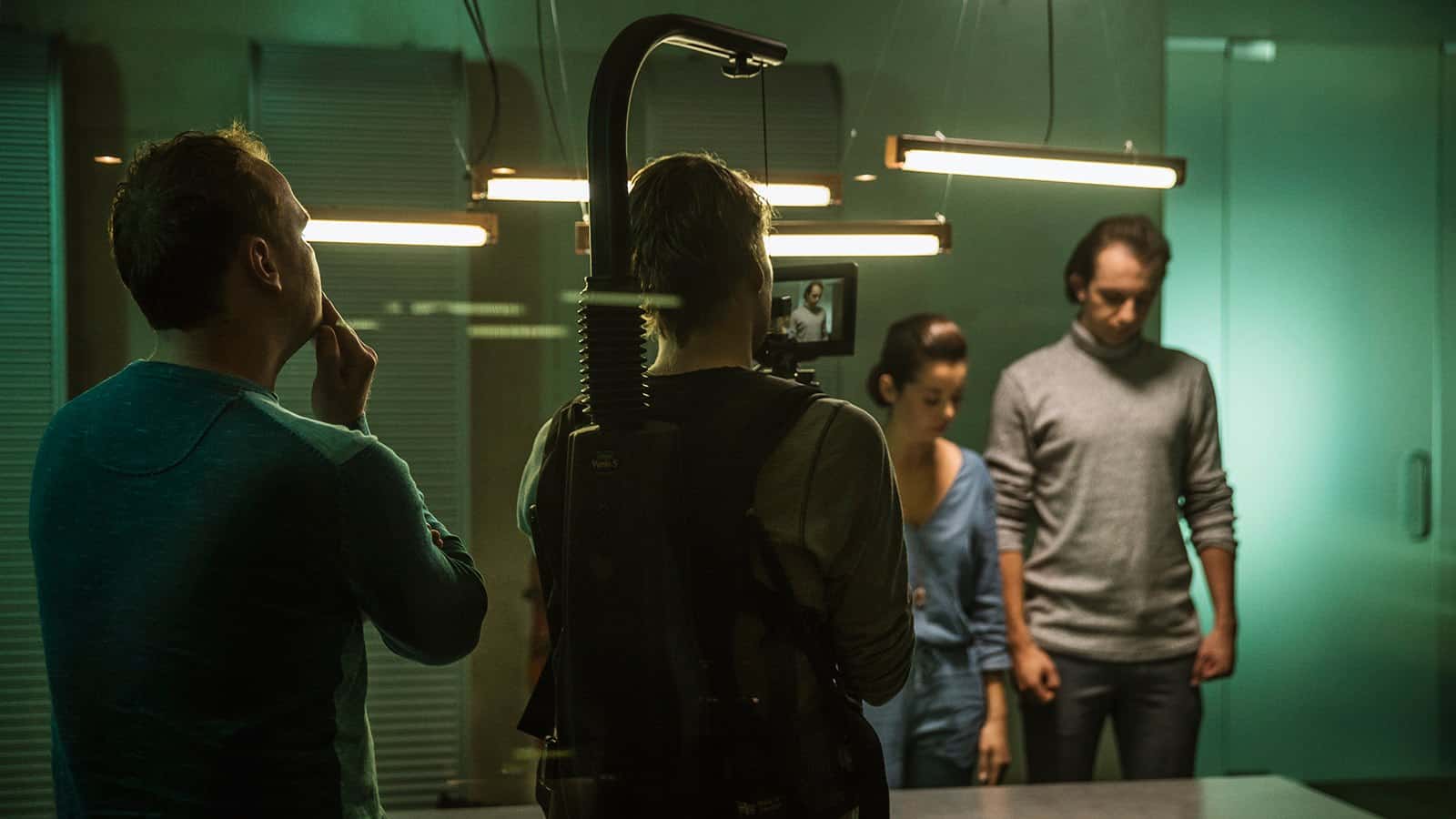Lift-Off caught up with Cinematographer Daniel Landin, to discuss his advice to film makers, how he got where he is today and what he prefers to shoot on.
Daniel Landin has worked on a variety of feature films , music videos and short commercials. He is well respected within the industry, with his impeccable taste and talent shining through on everything he works on.
So Daniel , What does your day to day consist of?
As a Cinematographer, I am in charge of all aspects of the camera, including lens choices, camera angles and dolly moves, as well as deciding on the lights used and their positioning at relative intensities. I also am intensively involved in pre-production on any project, discussing and collaborating with the director to decide how we want to execute a project and where best to use our resources. Filmmaking is an intricate process, and we are constantly fighting the clock, trying to maximise quality and ambition against the hard reality of the expense of everybody’s time.
What attracted you to cinematography in particular?
I find the interpretation of ideas into 2 dimensional imagery highly stimulating. The human eye is so influenced by the brain of the viewer that as soon as an image is rendered into photography, enormous subjective decisions are imposed whether one is aiming for realism or highly stylised pictures.
How did you get to where you are today?
I began experimenting with film when I was in a band and we wanted imagery to project while we performed. Gradually I realised that I was more interested in creating the imagery than creating the music. This decision led me to study Fine Art Film & Video at St Martins College of Art, and in order to support myself I began to work as a camera assistant on Music Videos. As I gained more technical experience I started to get work as a cinematographer on them. During the 1990s there was a constant need for good visual work to accompany the surge of British music, and I was lucky to work with some good directors who were able to write and create interesting videos.
(Interview continues below video with Daniel’s advice to Film makers)
(David Bowie’s ‘I’m Afraid of Americans’ (1997) : Daniel Landin was the Cinematographer)
What is your advice to the new generation of Film makers?
I was lucky to start my career in an era of abundant music videos with little control from the corporations. We were able to experiment on film, and had largely free rein technically on many projects. Starting today almost everyone has access to HD video, but you can quickly see that high quality is a very minor requirement of good film making.
I would advise anyone interested in cinematography to start shooting on any medium available, but try and consider what fundamentally is working or not working for them visually. One approach could be to start shooting on a 35mm stills camera, take 36 photos, thinking carefully about what the aims are for each photo, and then looking at them after process, and selecting two or three that really work. Each person has a point of view, and your strength may be that your perspective is singular and brings some new dimension to the scene.
The majority of drama photography is very similar, wide shot/medium/over the shoulder/close up. Turn down the sound on the TV and you will see the coverage laid bare. Look at the films that move you – are they using anything different?
Film making is both creative and industrial, if you are highly motivated, you may be able to get involved through shear perseverance working in a camera rental company cleaning muddy boxes until you get a break on set. Plenty of people have come up that way and they are great people to work with if they have been well apprenticed…
And watch a lot of films (not the youtube extracts). Look at the 20th century maestros. Often when I am in a meeting or interview for a job, I lean heavily on decades of cinema talking about when I studied the masters of filmmaking, and what a pleasure it was.
What’s your preference: shooting on film or digital?
I try and pick the medium for the job in hand, although now that digital has for many the industry become standard this can be out of my hands. Digital has many advantages, but I regret the lack of focus that using a non costed medium can bring, i.e. shooting on film inherently controlled the number of ‘takes’ that were done, and knowing this, everyone from the actors to the technicians concentrated when the camera was rolling.
I recently completed a film on 16mm and it was the first time many of the crew had used film, it brought new levels of concentration to a lot of them.
Finally, Who are your inspirations and what are you currently working on?
My greatest influences are probably directors rather than cinematographers – I admire the work of David Lynch, Rainer Werner Fassbinder and Dziga Vertov. Currently I’ve just finished a computer commercial that involved a lot of specialised equipment and six days filming for a 60 second piece. These resources would be unavailable for feature work, where one generally aims to shoot about two minutes of screen time in a day, rather than 10 seconds!
To see more of Daniel Landin’s outstanding work, please visit his website http://landin.co.uk/home.html
Interview edited by April-Rae Hughes
(‘Under the Skin'( 2013) Film poster- Courtesy of Film4)


